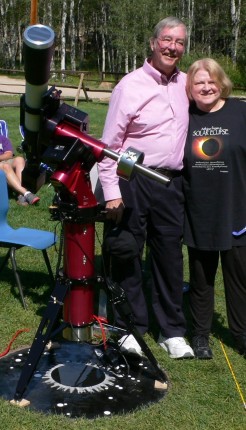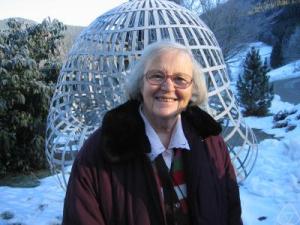By Jiří Podolský
General relativity is a unique gem, Einstein’s most brilliant idea, and his greatest gift to humankind. Conceived in 1915, it still remains the best theory of gravity. I’m sure Einstein himself would be surprised how remarkably well it describes reality, even in the most violent and dynamical situations. Just recall its recent spectacular vindication by the first direct detection of gravitational waves from binary black hole mergers at cosmological distances. What an achievement! Gravitational waves, black holes, cosmology – all three main ingredients and predictions of Einstein’s theory combined together.
Exact space-times
As we all know, Einstein’s equations determine the space-time geometry, which is the gravitational field. And we must take all their predictions seriously. Exact solutions to Einstein’s field equations include the mathematical truth about the physical reality. Unfortunately, it is often obscured, usually very deeply hidden. To dig out the physically measurable invariant quantities and consequences, is a painful mining process involving various techniques and methods. It is the real art of science.

It is essential to be well-equipped for the investigation of exact space-times. Nevertheless, here we are preparing to descend old silver mines in Kutná Hora, the source of great wealth of the Kingdom of Bohemia in the Middle Ages. (Jerry Griffiths and Jiří Podolský, April 2006)




You must be logged in to post a comment.